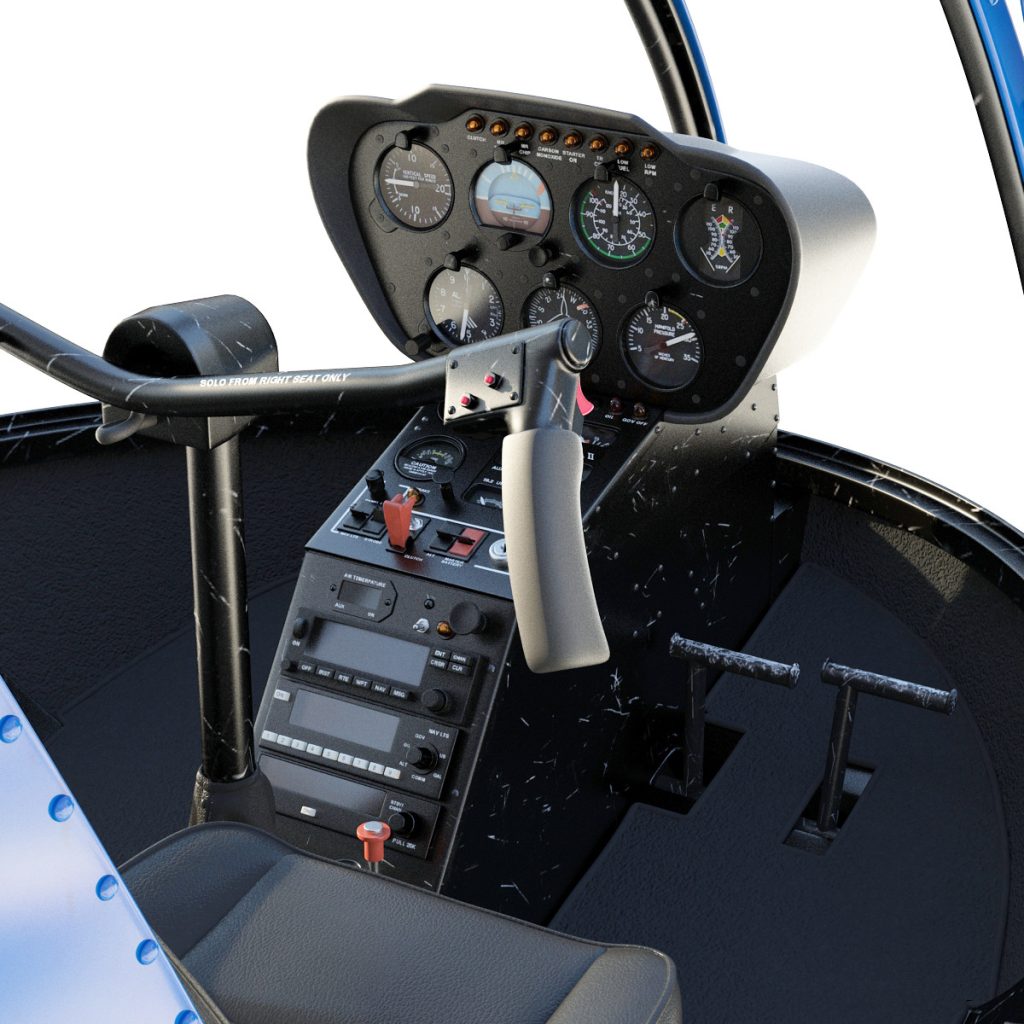Embarking on a career in aviation often begins with the thrill of flying and the pursuit of technical proficiency. However, for many pilots, advancing beyond solo flying and gaining additional experience involves embracing the role of a flight instructor. The instructor route offers a unique pathway to deepen one’s understanding of aeronautics, develop leadership skills, and open doors to diverse opportunities within the aviation industry. This article explores the essential aspects of becoming a flight instructor, from the qualifications needed to the benefits that come with teaching others how to fly.
Understanding the Path to Becoming a Flight Instructor
Becoming a flight instructor is a structured process that builds upon foundational pilot training. Initially, aspiring instructors must obtain a private pilot license (PPL) and then progress to a commercial pilot license (CPL). After acquiring these certifications, candidates typically seek additional flight hours and experience, focusing on specific aircraft and flight conditions. The next step involves completing a certified flight instructor (CFI) training program, which equips pilots with the pedagogical skills necessary to teach effectively. Once certified, instructors can begin guiding student pilots through their training, gaining valuable experience while also working toward advanced certifications such as Certified Flight Instructor – Instrument (CFII) or Multi-Engine Instructor (MEI). This pathway not only enhances technical expertise but also lays the foundation for a long-term career in aviation.
Essential Skills and Qualifications for Aspiring Flight Teachers
Successful flight instructors possess a blend of technical proficiency, communication skills, and patience. Strong knowledge of aeronautical principles, regulations, and aircraft systems is fundamental. Equally important are interpersonal skills, as instructors must clearly convey complex concepts and adapt their teaching styles to individual student needs. Good judgment, situational awareness, and the ability to remain calm under pressure are critical traits that ensure safety and effective instruction. Qualifications typically include holding a commercial pilot license, meeting minimum flight hour requirements, and completing a formal instructor training course approved by aviation authorities. Continuous learning and staying updated with the latest industry standards are also vital to maintain credibility and provide high-quality education.
Training Programs and Certifications for Flight Instructors
To become a certified flight instructor, candidates typically enroll in specialized training programs offered by flight schools, colleges, or aviation academies. These programs focus on teaching techniques, instructional methods, and safety procedures, alongside refresher instruction on flying skills. Upon completion, candidates must pass written and practical exams administered by regulatory agencies such as the Federal Aviation Administration (FAA) in the United States or equivalent authorities elsewhere. The primary certification is the Certified Flight Instructor (CFI), which authorizes individuals to teach student pilots. Additional endorsements, such as CFII or MEI, expand the instructor’s qualifications to teach instrument flying or multi-engine operations. These certifications are essential stepping stones for those seeking to build experience, increase earning potential, and explore specialized areas within aviation instruction.
Benefits and Opportunities of a Teaching Career in Aviation
A career as a flight instructor offers numerous benefits beyond the immediate scope of teaching flying skills. It provides an excellent platform for continuous learning, as instructors regularly update their knowledge and skills while mentoring students. The role also fosters a strong network within the aviation community, opening doors to opportunities in airline training, corporate flight operations, or advanced pilot positions. Additionally, many find the teaching environment rewarding, as they play a pivotal role in shaping the next generation of pilots. The flexible nature of the job allows for varied schedules and locations, and it often serves as a stepping stone toward more advanced or specialized aviation careers. Ultimately, becoming a flight instructor not only advances one’s professional journey but also contributes to the safety and professionalism of the aviation industry as a whole.
The instructor route represents a valuable and strategic pathway for pilots seeking to elevate their careers in aviation. Through dedicated training, acquiring the necessary skills, and embracing the responsibilities of teaching, aspiring instructors can unlock a wealth of opportunities while making meaningful contributions to the industry. Whether as a stepping stone to higher roles or a fulfilling profession in its own right, flight instruction remains a cornerstone of aviation advancement and safety.


